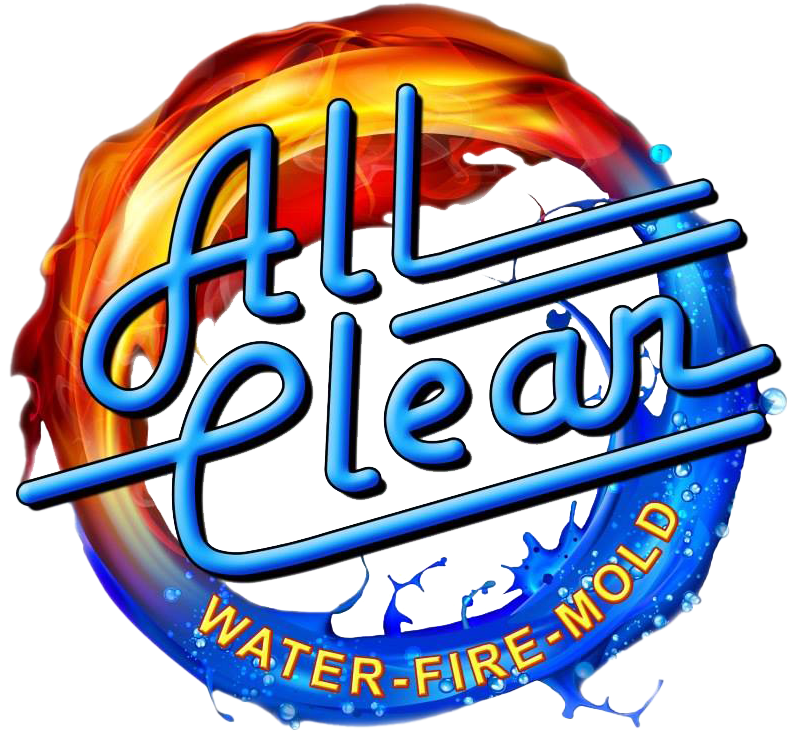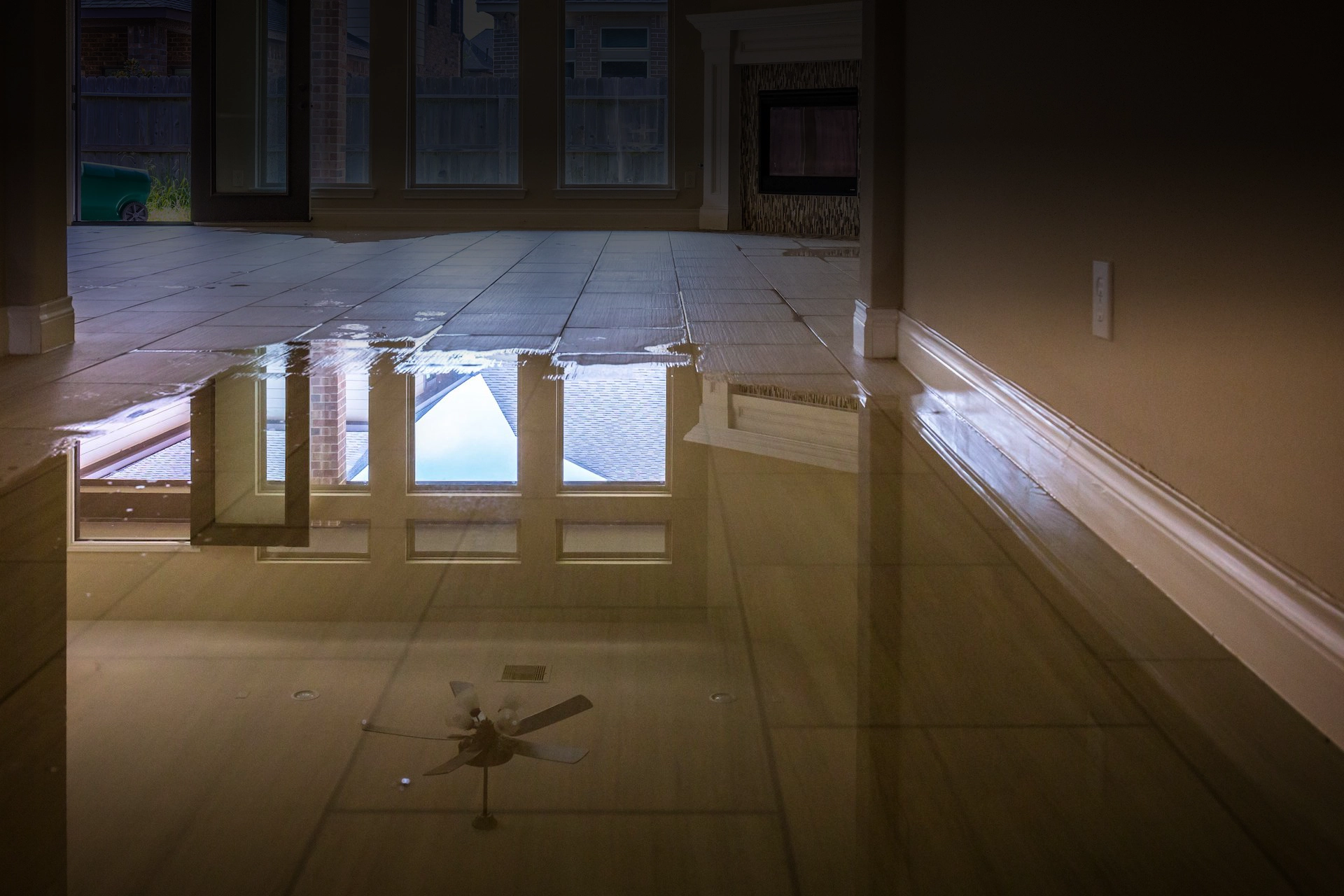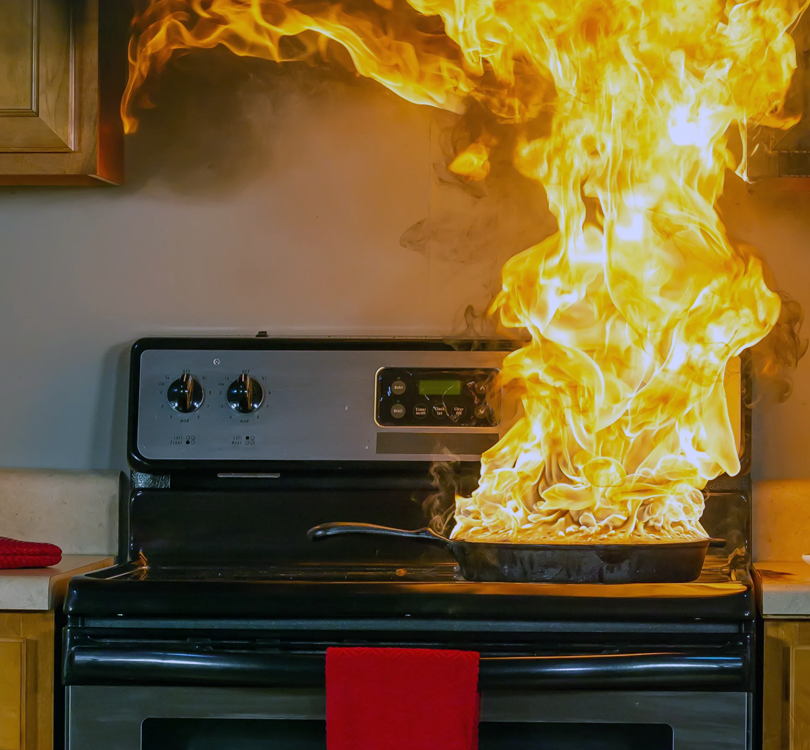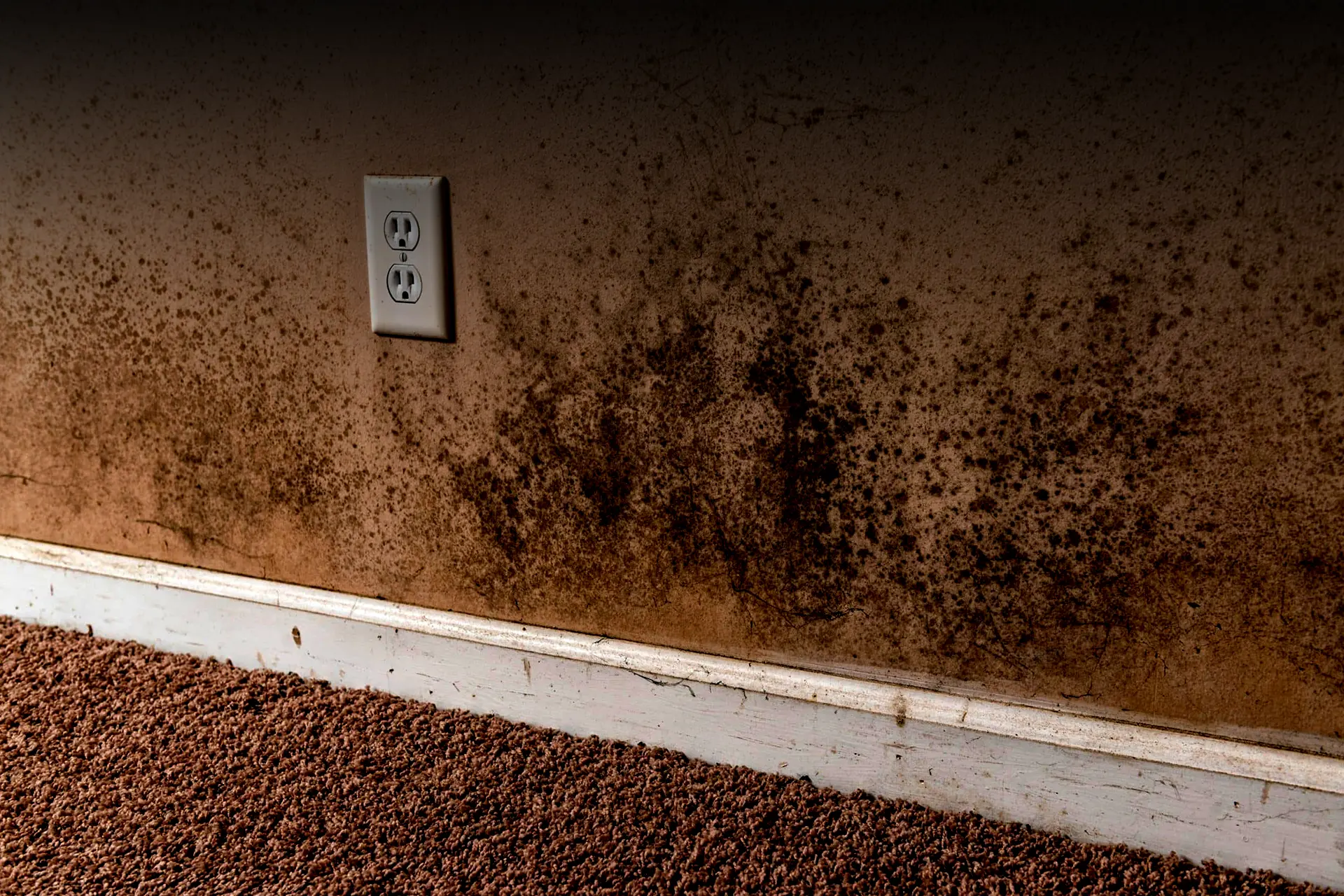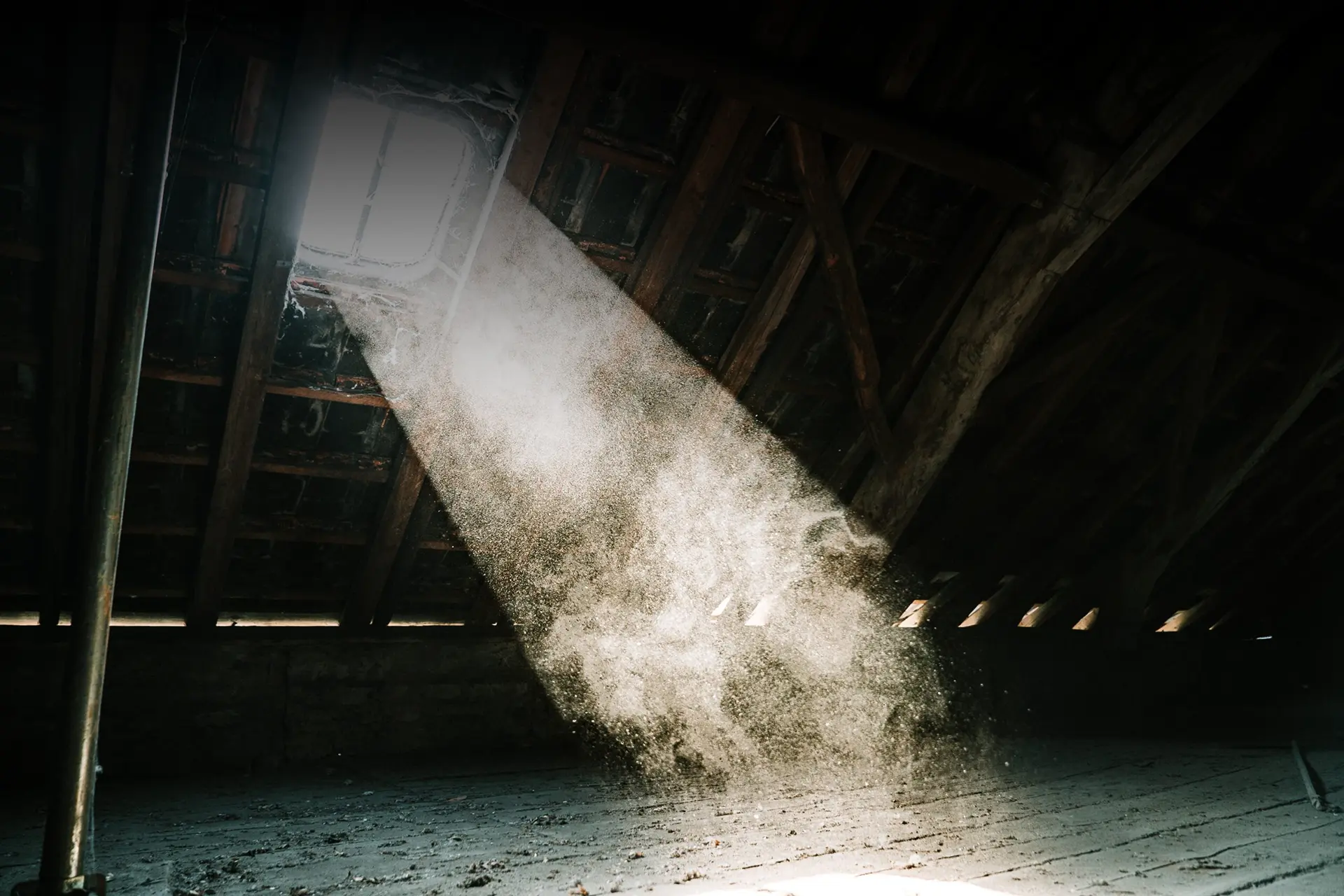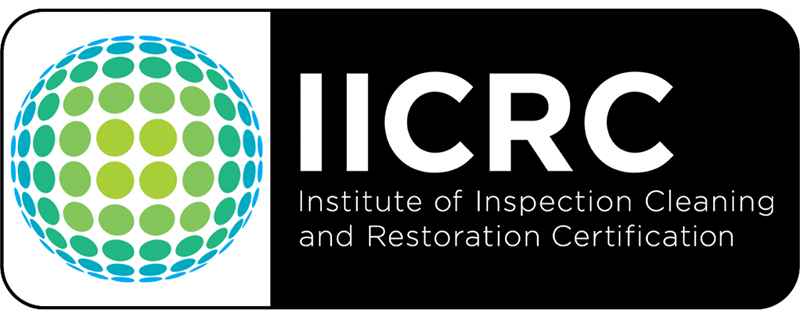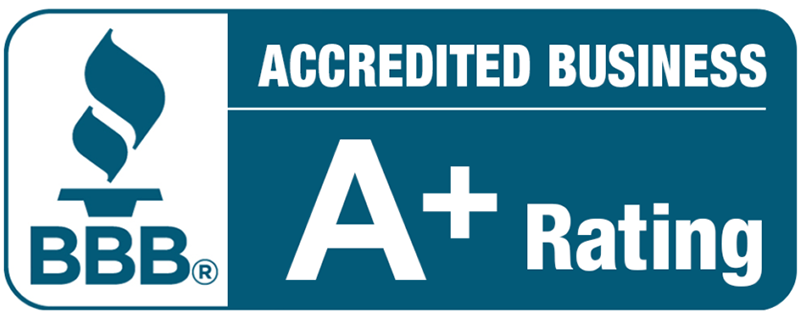LICENSED | BONDED | INSURED
618-235-3202
The Hidden Danger: How Static Electricity Can Spark Disaster

If you've been devastated by water, mold, fire, and/or smoke damage, know that your cherished possessions, your home or business, can all be restored to pre-damage condition; bringing back your peace of mind.
Whether water, mold, fire, or smoke causes damage to your home or business, the effects are heartbreaking and often life-changing. We at All Clean Restoration understand the devastation and pain these events can cause. We also understand that quick and proper action is crucial to prevent further damage, red tape, and cost.
Call us any time, day or night:
1-800-4223944
Related Topics:
Static electricity. It’s the annoying zap you get after rubbing your feet on the carpet, the hair that stands on end after taking off a wool sweater. While in our everyday lives it’s mostly a harmless nuisance, in many industries, and sometimes even in your home, static electricity can pose a serious fire risk under the right circumstances. At All Clean Restoration, we are aware of the risks and have the solutions should you have a mishap and unintentionally spark a fire or suffer some smoke damage.
From spark to disaster: Understanding the threat
Static electricity builds up through friction between materials, creating an imbalance of positive and negative charges. While you won’t ignite your living room couch with a quick shock, in industrial settings where flammable materials and processes are present, a single spark can have devastating consequences. Production lines, stacking boxes, pumping liquids – these seemingly mundane tasks can create a dangerous build-up of static. High-pressure CO2 applications, dry environments, and even materials like wood and plastics can contribute to the charge.
The perfect storm: When spark meets fuel
For a static spark to ignite a fire, it needs two things: oxygen (which, thankfully, is readily available in air) and combustible fuel. This could be something as small as dust particles, flammable vapors, or even common materials like:
- Wood, paper, and cloth
- Ignitable liquids like alcohol, gasoline, and chemicals
- Combustible metals like potassium, sodium, and magnesium
- Cooking oils
The severity of the fire depends on the amount of fuel and oxygen present, and the flammability of the fuel source. A tiny spark on a pile of sawdust might just fizzle out, while a larger discharge near a pool of gasoline could be catastrophic.
Prevention: The key to staying safe
The good news is that static electricity-induced fires are almost entirely preventable. By taking proactive measures, businesses can protect their employees, equipment, and bottom line. Here are some key strategies:
- Identify static build-up areas: Use specialized equipment to pinpoint areas where static accumulates and install anti-static bars or grounding straps to safely discharge the built-up charge.
- Control ignition hazards: Store flammable materials away from static-prone areas and implement strict safety protocols for handling them.
- Embrace static elimination: Invest in static elimination products like ionizers or anti-static flooring to minimize the overall charge in the environment.
Remember, even small static charges can have big consequences, and though All Clean Restoration is here to help should you have a fire, it is better to prevent it in the first place. By understanding the risks and taking proper precautions, we can ensure that static electricity remains just a harmless zap, not a potential disaster.
Recent Blog Articles:
I Found Water Spots on the Ceiling, So What?
Unwrapping a Nightmare: When Water Damage Turns Holiday Cheer into Chaos
Finding Water Damage at the Christmas Holidays: All Clean Restoration to the Rescue
Found Moisture Between the Wall Trim and Floor – Now What?
All Clean Restoration's Other Services
Whether water, mold, fire, or smoke causes damage to your home or business, the effects are heartbreaking and often life-changing. We at All Clean Restoration understand the devastation and pain these events can cause. We also understand that quick and proper action is crucial to prevent further damage, red tape, and cost.
